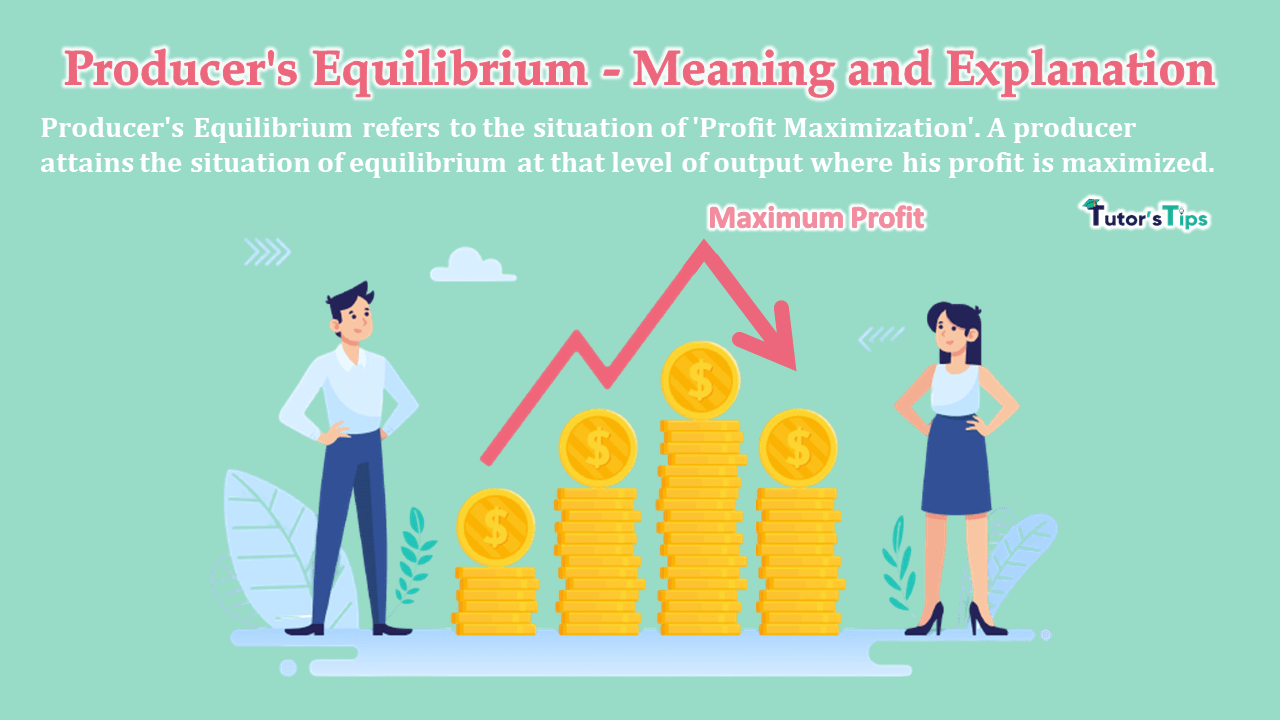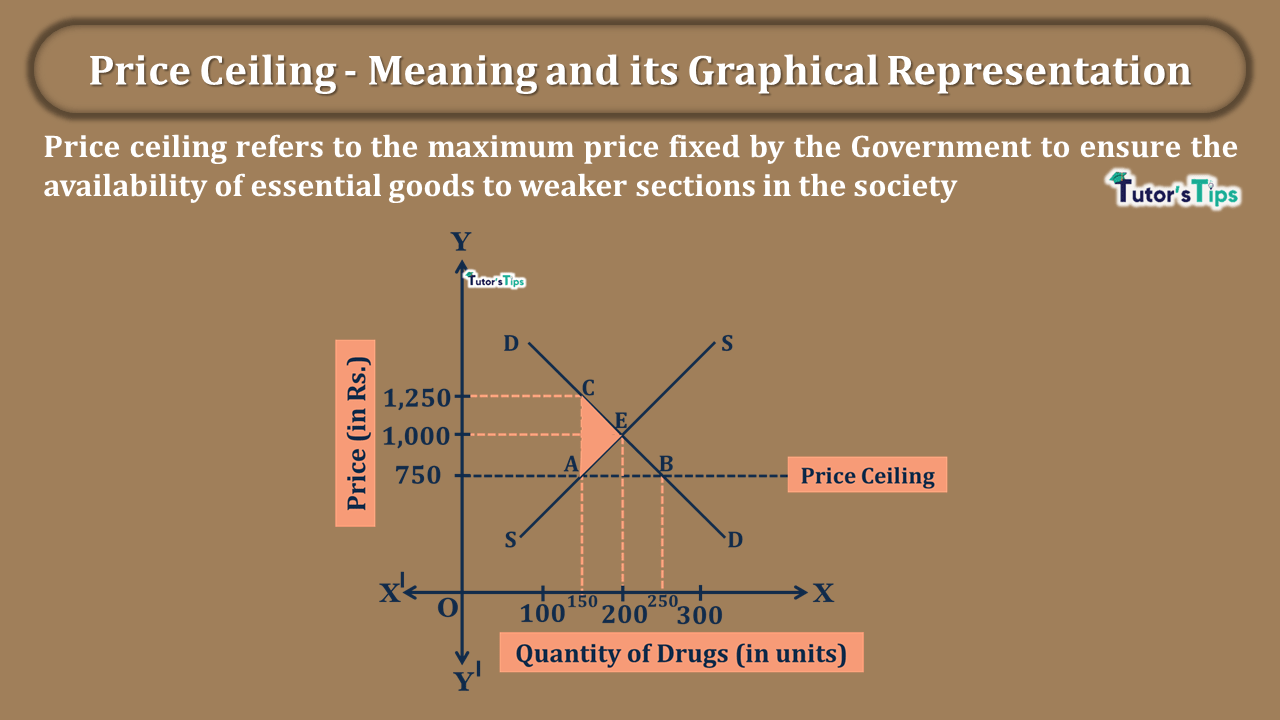Before Explaining the Exceptions to the Law of Demand, you have to know the meaning of demand and law of demand. So, Demand is the amount of given commodity, at which consumer is willing and able to purchase in a given period of time. It is very important to understand that consumers willing to buy and able to buy are different. Consumers are willing to buy many things but they can’t afford them. So, it is the maximum amount a consumer is willing and able to consume a given commodity in a specified period of time.
The law of demand states that when the price of goods falls, its demand increases whereas the rise in price leads to a reduction in quantity demanded, other things being equal.
This law of demand generally applies to a number of goods. However, there are some circumstances when it does not hold true, which can be known as exceptions to the law of demand.
The Exceptions of the Law of Demand: –
There five major exceptions to the law of demand. Here, We will discuss the situations where the law of demand is not applicable. These all are explained as follows: –
Price Expectations:
When the consumer expects the prices of certain goods are likely to increase in the future, he will buy more of the given goods even at higher prices in order to abscond himself from much higher prices in the future.
Similarly, when a consumer expects that prices of specific goods are likely to fall in the future, he will postpone his purchases even at lower prices so that he can avail the benefits of much lower prices in the future.
For example:
sometimes, the prices of vegetables such as onions and tomatoes are increased to some extent. In that time, consumers used to start buying and storing more of these fearing a further increase in price, which results in an increase in demand.
Type of goods:
Different types of goods affect the demand in the market for them differently. Some of them are :
Inferior goods:
It refers to the goods whose demand declines when income increases. Generally, these are low-quality goods which are consumed by poorer sections in our society for their survival. So, consumers can move to better goods as their income increases. Similarly, if income declines, they can shift to inferior goods from good quality goods which leads to an increase in demand for such goods.
For example, as the income of consumers increases, the demand for public transportation declines as they would prefer to travel by their own vehicles.
Advertisement-X
Giffen goods:
These can be regarded as cheaper varieties of inferior goods. There are very few commodities that are much cheaper than the superior substitutes and are consumed by households as an essential commodity e.g.bajra. As the price of these goods increases, the demand also goes up because, with the increase in price, the households cut the consumption of superior substitutes and demand more quantity of Giffen goods as income remains the same.
For example,
suppose the minimum monthly consumption of a poor household is 40 kg bajra (Giffen good) and 10 kg rice(super substitute). The selling price of bajra and rice is Rs.5 and 20 respectively and they spend Rs.400 out of their income on these goods. Suppose the price of bajra increased to Rs.6, then the household is forced to reduce the consumption of rice by 3 kg and increase the quantity of bajra to 43 kgs in order to meet the monthly requirement of 50 kgs foodgrains in that budget only.
Veblen goods:
these are the types of luxury goods for which demand rises as its price rises. this term is given by the economist T. Veblen, who proposed the concept of “Conspicuous Consumption”. According to him, consumers are highly attracted by distinct and costly goods as these are treated as a sign of prestige. People buy these goods at a high price not due to intrinsic worth but to display themselves rich to the other members of the society to which they belong. This is known as snob appeal which induces consumers to purchase goods for conspicuous consumption. Thus consumer buys more of it when prices are high.
For example,
a man buys a Rolex watch for Rs.3,00,000, he usually intends others to know. He believes that the cost of the watch conveys a positive message about him to the public and creates a perception of ‘status’. Accordingly, more people will demand it in the market. Let us assume that the Rolex opens an outlet store and develops a line of the watches with similar features for the target consumers. Suddenly anybody can get the Rolex watches starting from Rs.30,000 which implies that the Rolex is no longer a sign of prestige or status. Thus, its demand goes down considerably.
Complementary goods:
it refers to the goods which are used together. E.g. shoe and polish, car and diesel, etc. As the price of one commodity increases, it raises the demand for another commodity even at high prices.
For example,
the quantity demanded of the DVD player is increased due to a fall in price but consumers will demand more of DVD’s even at a higher price as these are a complement to each other.
Change in Tastes and fashion:
Change in fashion, tastes and preferences of the consumers highly affect the demand for the commodities. When the goods become out of fashion or there is a change in preferences of the consumer, the law of demand becomes ineffective. People do not buy more even if the price falls.
For example,
people do not purchase old fashioned clothes nowadays, even though they have become cheap. Similarly, they prefer to buy fashionable clothes even if the prices are high.
Emergency:
In case of emergencies like war, man-made or natural disasters, people often fear a shortage of essential goods. In such situations, they demand more even at high prices.
For example,
in case of emergencies, the consumers prefer to buy necessity goods such as clothes, food, and medicines even at high prices in order to eliminate the future shortage.
Advertisement-X
Change in Income:
Sometimes, the demand for a commodity may change irrespective of the change in the price of that commodity. As the income changes, it will result in a change in demand. The increase in income makes consumers able to buy more products, thereby increasing demand. similarly, he can skip the purchases when income is reduced. Hence, change in income can be regarded as an exception to the law of demand.
For example,
if the income of Mr X is Rs.300 and the price of a restaurant meal is Rs.100, then he can buy only 3 meals a day at the maximum. But if his income rises to Rs.500, then he can afford 5 meals (assuming the price of meal constant) at the restaurant which would give him more satisfaction. It implies that a change in income affects the quantity demanded and violates the law of demand.
These are some exceptions where the inverse relationship between price and quantity demanded does not follow. It results in an upward sloping demand curve i.e. demand increases with an increase in price and vice versa.
Thanks Please share with your friends this topic
Comment if you have any question.
References:
Introductory Microeconomics – Class 11 – CBSE (2020-21)







2 Comments